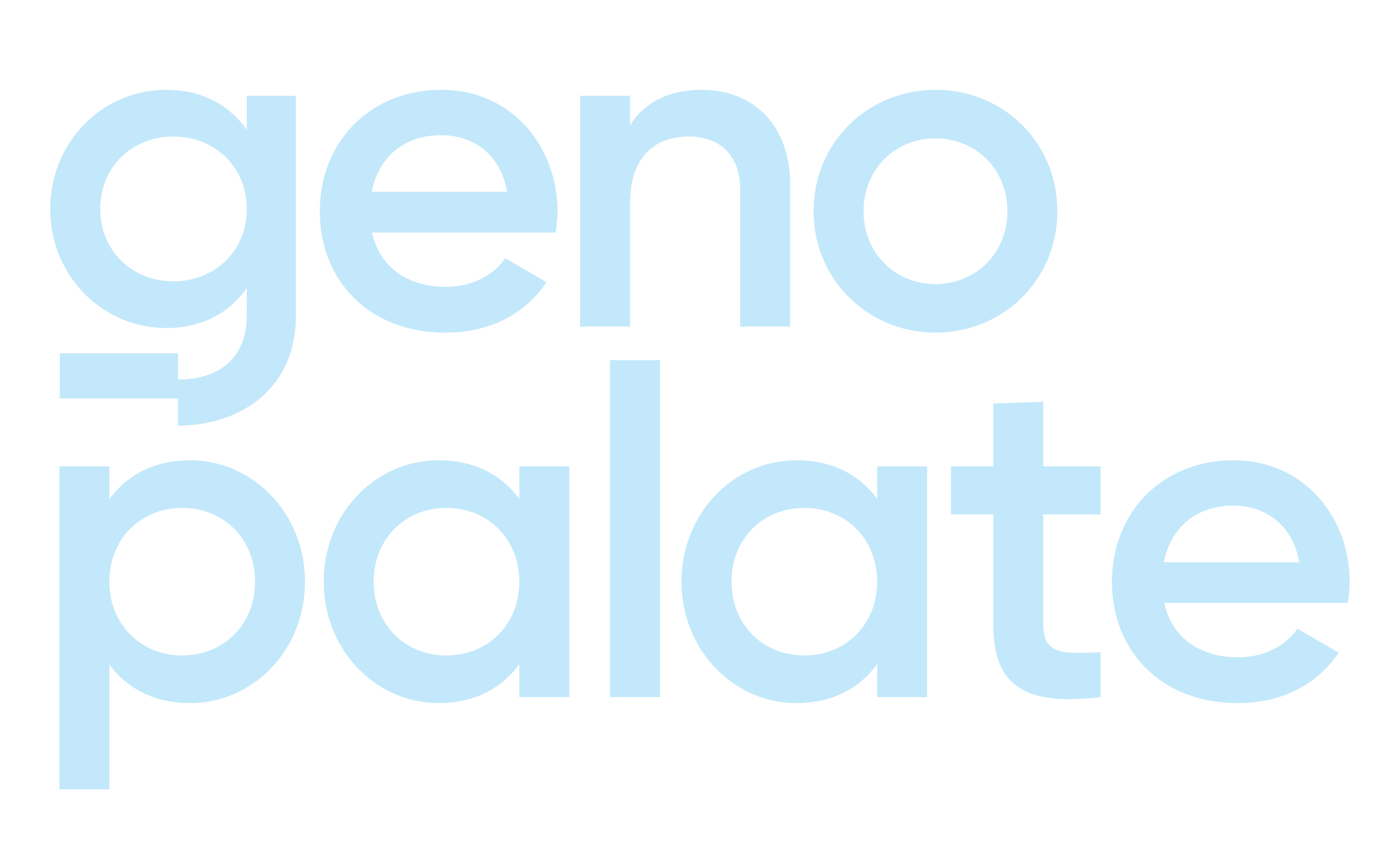What is gluten?
Enzymes are substances that speed up chemical reactions. One role of enzymes in the body is to break down the food we eat and release energy. Some vitamins and minerals help facilitate enzyme activity in the body.
What foods are gluten free?
A number of foods in the diet are free of gluten. These include all unprocessed proteins, vegetables, fruits, nuts, seeds, and unprocessed dairy products. Gluten-free grains and cereals also include quinoa, rice, wild rice (which is technically a grass), millet, buckwheat, sorghum, arrowroot, amaranth, tapioca, and gluten-free oats (oats may be contaminated if they are processed at a plant that also processes gluten-containing foods). Natural herbs and spices are also gluten-free. Foods that are naturally gluten-free may have gluten added during processing in the form of additives, thickeners, or fillers. Foods may also be contaminated with gluten if they are prepared in the same area as gluten-containing foods, have gluten-containing ingredients added, or during manufacturing.
What foods contain gluten?
Gluten is naturally present in certain grains and cereals including wheat, rye, barley, spelt, kamut, farina, triticale (which is not often found in the diet as it is not considered a commercial crop), farro, and couscous (made of crushed durum wheat semolina). Gluten is also found in many packaged baked goods such as bread, crackers, wraps, pretzels, pastas, cakes, cookies, and breakfast foods. Other sources of gluten may include processed beverages such as beers or wine coolers, as well as other processed or packaged foods including sauces, malt vinegar, spice mixes, lunch meats, canned foods, flavored tofu, and ice creams.
Is rice gluten free?
All naturally occurring forms of rice are gluten free including white rice, brown rice, and wild rice (although this is technically a grass). Sticky rice or asian rice (also known as glutinous rice) is also gluten free even though the name seems to imply it may contain gluten. Rice may contain gluten if it has been processed with gluten-containing ingredients such as flavorings or other gluten-containing ingredients. Other gluten-free grains and cereals include quinoa, millet, buckwheat, sorghum, arrowroot, amaranth, tapioca, and gluten-free oats (oats may be contaminated if they are processed at a plant that also processes gluten-containing foods).
Is quinoa gluten free?
Quinoa is derived from the seeds of a flowering plant in the amaranth family and is a naturally gluten-free food. Quinoa is an excellent source of protein, heart health fats, essential fatty acids, complex carbohydrates, fiber, vitamins, and minerals. Quinoa is also high in antioxidants making it a nutritional powerhouse. Other gluten-free grains and cereals include rice, wild rice, millet, buckwheat, sorghum, arrowroot, amaranth, tapioca, and gluten-free oats (oats may be contaminated if they are processed at a plant that also processes gluten-containing foods).





